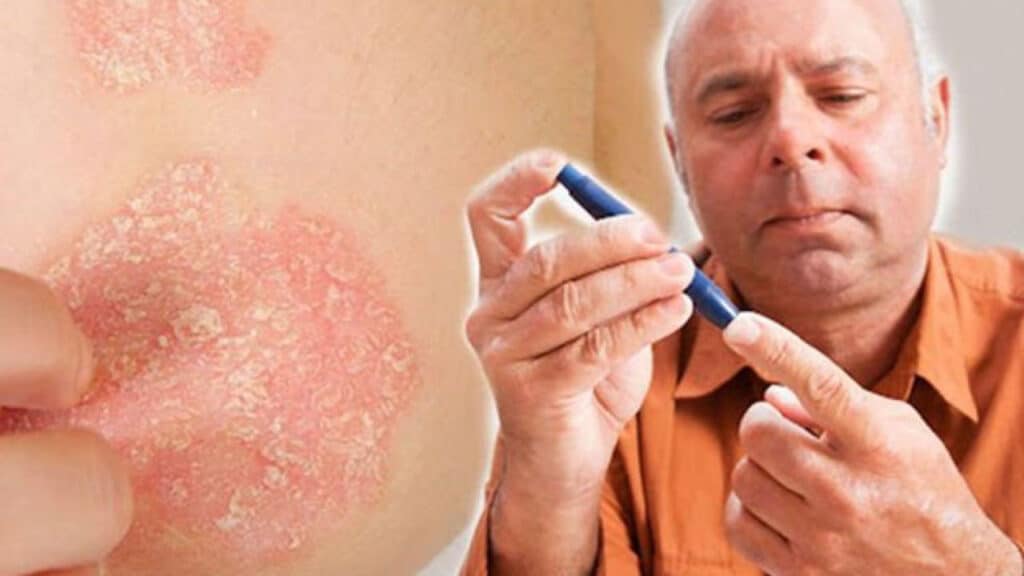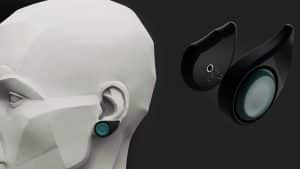If you’ve had diabetes since you were little, it’s probably become a routine thing. If you’re a grown-up and you get diagnosed or if you’re just worried about the chance of developing the condition, it can be intimidating just to hear the name.
Yes, diabetes can be life-threatening when not managed properly, but it also has a wide range of less-serious-looking symptoms that can impact pretty much any part of the body. For instance, did you know that diabetes can cause your skin significant problems?
When you have diabetes, your high blood sugar can cause your body to lose a lot of water. This, in turn, can lead to your skin drying out. Your feet are at particular risk, but it can also impact your legs, elbows and various other parts of the body. Dry skin cracks and lets in germs, which can create a risk of infection.
This means it’s very important to monitor the health and appearance of your skin. You need to catch any problems early. Unfortunately, diabetes can also make it harder to detect these kinds of issues. Poor circulation and damaged nerves (diabetes neuropathy) from diabetes mean you may be less sensitive to subtle changes in your skin. It also means the skin heals slower.
There are specific skin conditions particularly associated with diabetes. One is diabetic dermopathy. It leaves raised lesions on your shins (sometimes known as shin spots) which, in more severe cases, can become ulcers. Ulcers are a big worry for people with diabetes. Foot ulcers from damaged skin on the feet have been known to lead to amputation.
Another potential cause of ulcers is necrobiosis lipoidica diabeticorum (NLD). Areas of your shins may change color in a range of hues from yellow to purple. The skin in these areas becomes thinner and easier to damage, increasing the ulcer risk. If the patches heal, you may be left with a noticeable scar in a brown color.
You may also end up with lesions just under your skin. Acanthosis Nigricans tends to show more in people with darker skin, so you are more likely to experience it if you are Black, Latino or Native American. These plaques may be gray, brown or black. Bullosis diabeticorum creates under-skin nodules that look a bit like blisters.
In summary, if you’re diabetic, skincare is extra important.




